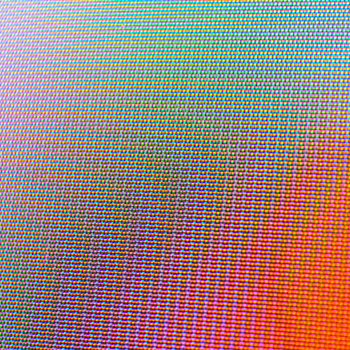Question #c5258
1 Answer
Jul 4, 2017
Use the fact that
Explanation:
Let j be the imaginary unit.
Since
we have
By the Product Rule for Exponents, this is equal to
Now
Now use the trig form:
In this case, a = 4 and c = -1.
Since cosine is EVEN and sine is ODD, we have...
Don't forget to multiply by 1024 to obtain the final answer in the standard form. You should be able to easily identify the real and imaginary parts now.

